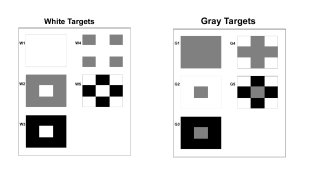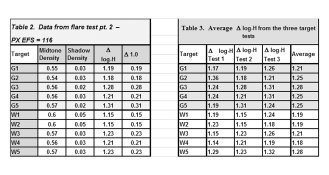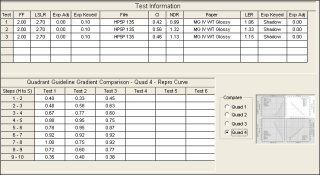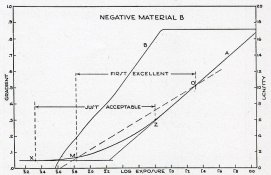I think there have been quite a few people long before I formed my opinions that came to the same conclusion. Somewhere sometime someone said expose for the shadows and develop for the highlights. That might be workable for sheet film users who can develop individual sheets but I don't think it works very well for roll film users. Unfortunately it has become ingrained in the minds of many who write books about b+w photography. Most books on b+w photography written by people who get their knowledge from other peoples books, fiddle with it, and regurgitate it parrot fashion. Result is everyone believes its the only way to do it.
And what are incident meters set to do by default and why do they do it?
The only trouble with your conclusion is that the old axiom ' expose for shadows and develop for highlights' is older thanmost photography books.It was already known to the pioneers of sensitometry such as Hurter and Diefield and was verified by countless practinioners. Otherwise, you are correct;There is very little truly new in new photography books, which is common for books on mature technologies.I tried my best in 'Way Beyond Monochrome' and sometimes a new approach to demonstrate the already known is new enough to make it worthwhile







